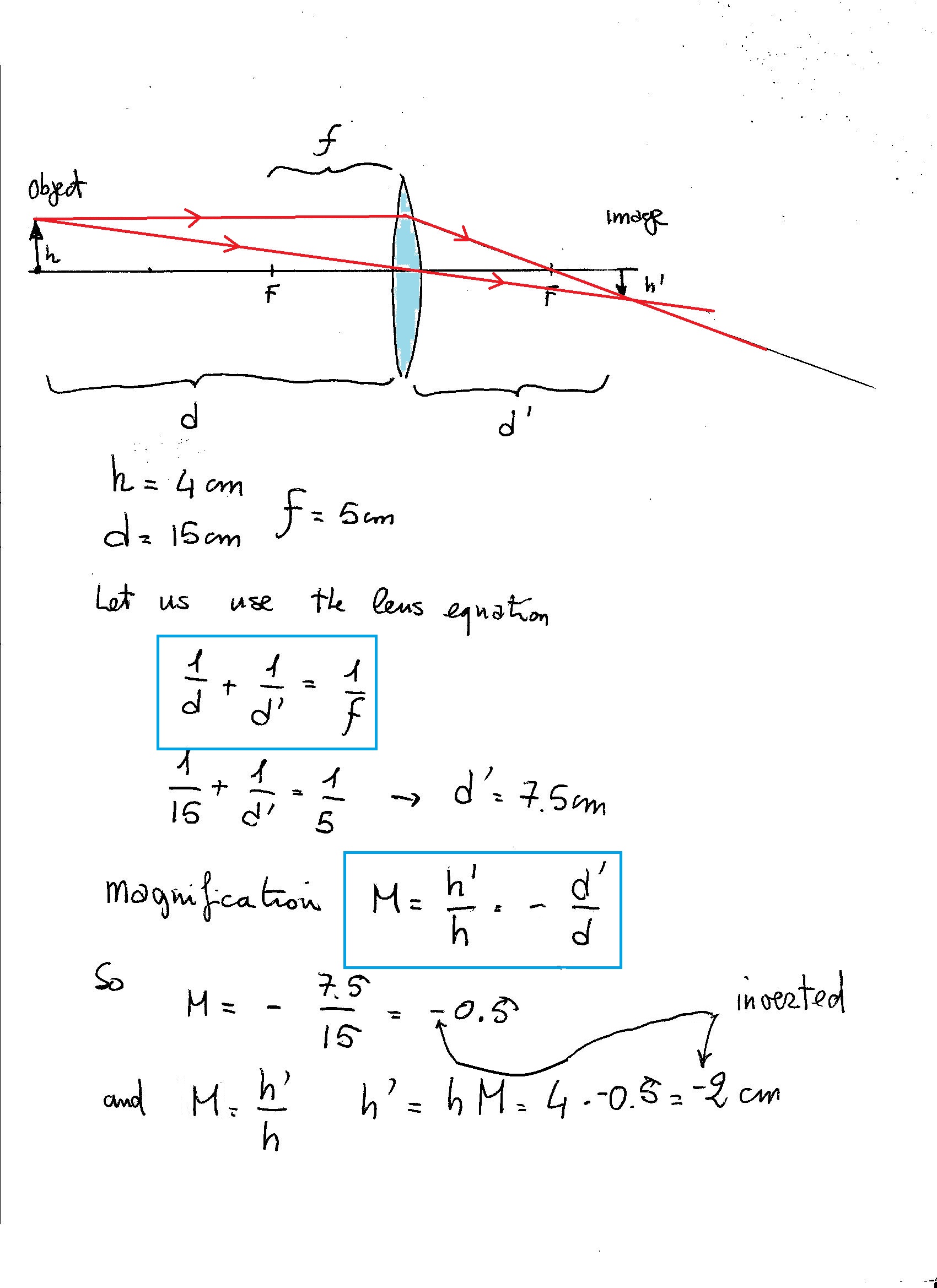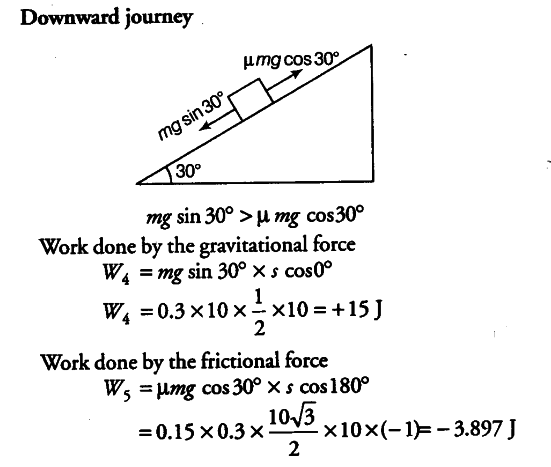
Further details are available on the density calculator.Monitor resolution calculator. This is a rearrangement of the density equation. The SI unit for density is kilogram per cubic meter, or kg/m 3, while volume is expressed in m 3, and mass in kg. In the above equation, m is mass, ρ is density, and V is volume. While mass is defined by F = ma, in situations where density and volume of the object are known, mass is also commonly calculated using the following equation, as in the calculator provided:
#Height formula physics calculator free#
In cases where objects undergo acceleration through other forces (such as a centrifuge), weight is determined by multiplying the object's mass by the total acceleration away from free fall (known as proper acceleration). It is important to note that regardless of how strong a gravitational field may be, an object that is in free fall is weightless. On earth, this value is approximately 9.8 m/s 2. In the metric system, weight is measured in Newtons following the equation W = mg, where W is weight, m is mass, and g is the acceleration due to the gravitational field. In circumstances where the gravitational field is constant, the weight of an object is proportional to its mass, and there is no issue with using the same units to express both. In the equation above, F is force, G is the gravitational constant, m 1 and m 2 are the mass of the moon and the object it is acting upon, and r is the moon's radius. This is in accordance with the equation: F = Their mass, however, would still be 70 kg on the moon.

This means that a person with a mass of 70 kg on earth would weigh approximately one-sixth of their weight on earth while on the moon. The force of gravity on the moon, for example, is approximately one-sixth that on earth, due to its smaller mass. Weight, on the other hand, changes based on gravity, as it is a measure of an object's resistance to its natural state of freefall. These are: The mass of the object Gravitational acceleration, which on Earth amounts to 9,81 m/s or 1 g and.

This tool estimates the potential energy on the basis of three values. The mass of an object remains constant regardless of where the object is and is, therefore, an intrinsic property of an object. If v is the initial velocity, g acceleration due to gravity and H maximum height in meters, angle of the initial velocity from the horizontal plane (. The easiest way to calculate gravitational potential energy is to use our potential energy calculator. The words of mass and weight are frequently used interchangeably, but even though mass is often expressed by measuring the weight of an object using a spring scale, they are not equivalent. An online calculator to calculate the maximum height, range, time of flight, initial angle and the path of a projectile. While these are conceptually distinct, there have not been conclusive, unambiguous experiments that have demonstrated significant differences between gravitational and inertial mass. Example: a ball, thrown vertically up with a speed of 25 km/h, can reach a maximum height of almost 2.5 meters above its starting point. Active gravitational mass is the measure of how much gravitational force an object exerts, while passive gravitational mass is the measure of the gravitational force exerted on an object within a known gravitational field. Calculate Maximum Height from Upward Velocity.
#Height formula physics calculator windows#
There exist other common definitions of mass including active gravitational mass and passive gravitational mass. A simple calculator program that lets you keep it on top of other windows and displays the entire equation being calculated. While many different units are used to describe mass throughout the world, the standard unit of mass under the International System of Units (SI) is the kilogram (kg). An inflated balloon, for example, would have significantly less mass than a golf ball made of silver. The amount of mass that an object has is often correlated with its size, but objects with larger volumes do not always have more mass. In classical physics, matter is any substance that has mass and volume.

Matter, however, is somewhat loosely defined in science, and cannot be precisely measured.

It is most commonly measured as inertial mass, involving an object's resistance to acceleration given some net force. Mass is typically defined as the amount of matter within an object.


 0 kommentar(er)
0 kommentar(er)
